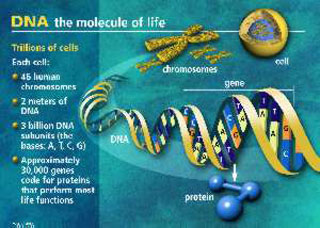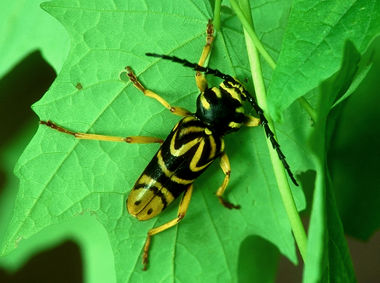Article
Genetics, Ethics and the Law
The recent rapid advances in the knowledge about human genetics, largely the result of an international research initiative known as the HUMAN GENOME PROJECT, have been accompanied by numerous legal and ethical concerns.









